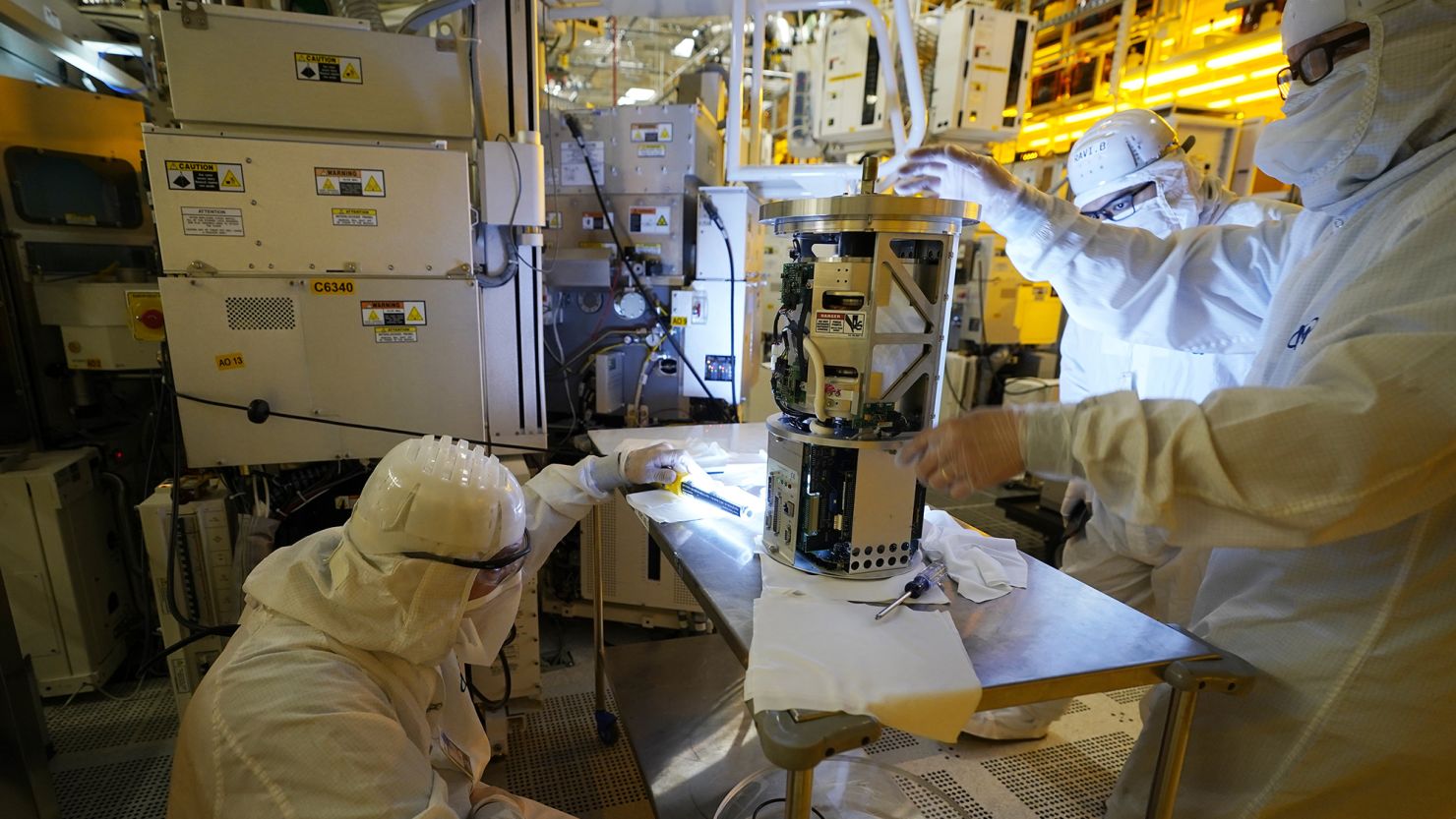Editor’s Note: Sian Beilock is president of Barnard College and president-elect of Dartmouth College. Christina Paxson is president of Brown University. Gilda A. Barabino is president of the Olin College of Engineering and chair of the board of directors of the American Association for the Advancement of Science. The views expressed in this commentary are their own. View more opinion on CNN.
Women have a long history of rising in times of crisis. Take the Rosie the Riveter campaign, which recruited millions of women to fill critical vacant jobs during World War II while men fought overseas. At its peak, 18 million women answered the call to join the workforce, and thanks to their participation the US war effort and economy stayed afloat.
Today, we find ourselves at a similar juncture, except this time we need engineers, not riveters. Following the passage of the CHIPS and Science Act last summer, unprecedented levels of funding are now available to grow the domestic semiconductor industry and enable the United States to compete in the global tech race — something we cannot do without also expanding our semiconductor workforce, where women currently hold just three in 10 computer and electronic manufacturing jobs. Secretary of Commerce Gina Raimondo has pointed out that the country will suffer a shortfall of 90,000 skilled semiconductor workers by 2030 if we don’t act now. Leaving talent on the table is not an option.
To scale our engineering workforce and take full advantage of once-in-a-generation legislation, we must attract more women and people of color to semiconductor-related sectors. Higher education can help.
Our memory of Rosie the Riveter tends to forget that child care was central to making it possible for women to work — and it’s as critical today as it was in the 1940s. It’s no secret that women in the US do the majority of child care and domestic work, even when they earn the same salaries as their partners. The cognitive labor this dynamic creates takes a toll on women’s mental health and is already driving women out of the workforce at a time when we need them to participate. The CHIPS provision that requires companies receiving subsidies to provide affordable child care is one avenue to making it possible for caregivers to return to the workforce — but alone it’s not enough to generate the workforce growth CHIPS needs to succeed.
It starts with making STEM learning and careers interesting and attractive to groups that have historically been discouraged from entering those fields. This will include challenging current beliefs about science, technology, engineering and math. For example, a study sponsored by Microsoft Corp found that few girls and young women saw STEM careers as creative or having a positive effect on the world, but once provided with a brief description of the “real-world accomplishments” within such professions, those perceptions became far more positive.
More clearly connecting the dots between engineering jobs and social impact is essential. Beyond interest, we must also acknowledge and overcome the gender and racial barriers that have kept certain groups from pursuing STEM in high numbers.
As women leaders who have broken ground in STEM and higher education, we know well the isolating feeling of being the “only” in a room — whether as the only woman or the only person of color, or both. But more than just a feeling, the cognitive load of being an “only” can negatively affect performance. Although Gen Z students are more racially and ethnically diverse than previous generations, we need to do more to ensure women and people of color have access to STEM role models who demonstrate that being the “other” is not their only identity. When we have the opportunity to lean into multiple parts of ourselves, including our passions, interests, talents and experiences, we become more psychologically resilient in the face of the challenges we inevitably encounter.
Finally, we need to eliminate what may cause women STEM graduates to feel significantly less sure of their abilities than their male counterparts when they enter the workforce, such as internalized societal expectations and cultural archetypes. This means creating rich opportunities to build their confidence during their learning journey. One way to do this is through industry partnerships that allow students to work on real-world projects while also developing connections that can help them later in their careers.
Tapping into our full economic potential as a nation requires using every ounce of talent we have. Closing gender and racial equity gaps — in STEM and across the workforce — depends on those in higher education establishing pathways that truly empower people to break through the barriers that have long held them back.
We have proudly signed on with a powerful group of diverse women leaders in higher education who successfully overcame the obstacles that stood in their way, and we are committing to help the next generation of STEM talent do the same. It’s our responsibility to tear down those obstacles for good. We can do it!





